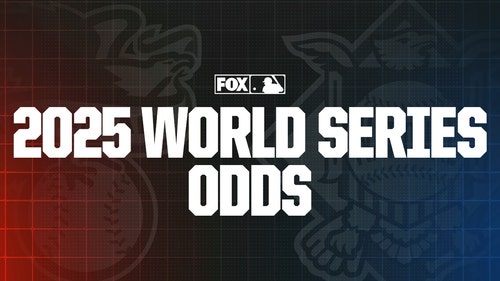
Having Lee and Halladay too much to ask
Why don’t the Phillies just keep Cliff Lee?
Follow the money. And the prospects.
Yes, the Phillies are trading only their own players for Blue
Jays right-hander Roy Halladay, proving they had the talent to land
him without involving a third team.
Yes, the Phillies could have had Halladay and Lee in the same
glorious rotation, then tried to re-sign one or the other before
both became free agents at the end of next season.
But the Phils simply could not afford both at once.
Not in money. Not in prospects.
The Phillies will receive $6 million from the Jays in the
pending three-team trade, then subtract $9 million by sending Lee
to the Mariners. Their net of $15 million will nearly cover
Halladay’s $15.75
million salary for 2010 -- a near-wash.
Perhaps a team coming off back-to-back World Series should be
in better position to budget for both former Cy Young Award
winners. But the Phillies’ owners stretched the payroll for
‘09 by extending the contracts of several of their own stars,
signing free-agent left fielder Raul Ibanez and adding Lee at the
July 31 non-waiver deadline.
There is a limit, particularly when the team still needs
bullpen help.
The Phillies traded four prospects for Lee. They will trade
three for Halladay. Those seven players -- if the names in our
report are accurate -- all ranked among their top 10 prospects a
year ago,
according to Baseball America. In fact, they were Nos. 2
through 7, plus No. 10.
While the Phillies will keep their No. 1 prospect, outfielder
Domonic Brown, their farm system would need years to recover if
they lost that many young players without receiving any in return.
That’s the other reason why the Phillies need to trade
Lee to get Halladay -– they need the three prospects coming
back from the Mariners.
One, sources say, is right-hander Phillippe Aumont, the
Mariners’ No. 3 prospect a year ago according to Baseball
America. Another is outfielder Tyson Gillies, the No. 20 prospect.
The third reportedly is right-hander Juan Ramirez, who was No. 5.
All are quite familiar, however, to Phillies assistant
general manager Benny Looper, who previously was the
Mariners’ vice-president of player personnel.
So, are the Phillies doing the right thing?
We need to know all of the details, including the amount of
Halladay’s extension, before passing initial judgment. But
their motivation -- to get an ace signed long-term -- is clear.
They obviously were not confident that they could lock up Lee.
Their upgrade for next season -- the exchange of Halladay for
Lee -- will be marginal at best. And the prospects they are getting
for Lee probably are not as good as the ones they are trading for
Halladay -- right-hander Doug Drabek, outfielder Michael Taylor and
catcher Travis D’Arnaud, according to sources.
At least, they shouldn’t be.
Remember, the Jays are sending the Phillies $6 million. The
idea of including such a sum, from the Jays’ perspective, is
to buy better players. The Phillies were not receiving any money
last July when they refused to part with either Drabek or Brown for
Halladay.
In fact, for Halladay plus $6 million, the Jays’ return
had better be good. Taylor would figure to step into their outfield
almost immediately. Drabek projects as at least a No. 3 starter.
D’Arnaud is not as highly regarded.
From the Mariners’ perspective, the trade is more
straight-forward -- three players for one year of Lee. That’s
a deal that too many teams have grown reluctant to make; heaven
forbid they trade their precious prospects.
The M’s can recoup two high draft picks if they offer
Lee salary arbitration and fail to retain him as a free agent. Or,
they can sign both Lee and right-hander Felix Hernandez long-term
to front a
potentially dominant rotation.
So, there you have it -- a true blockbuster, one that will be
debated for years, but at a first blurry glance appears to make
sense for each club.
It could not make sense without Cliff Lee.










